- 1
- 2 How a Screw Press Sludge Dewatering Machine Works
- 3 Key Advantages of Using a Screw Press for Sludge Dewatering
- 4 Primary Applications in Modern Environmental Engineering
- 5 FAQ
- 5.1 What is the typical dryness percentage achieved by a screw press sludge dewatering machine?
- 5.2 How does the operational cost of a screw press compare to a centrifuge?
- 5.3 What are the main maintenance requirements for a screw press?
- 5.4 Can a screw press handle abrasive industrial sludges?
- 5.5 What factors affect the choice of polymer for sludge conditioning?
In the realm of wastewater treatment and environmental engineering, efficient sludge management is paramount. Among the various technologies available, the screw press sludge dewatering machine stands out for its reliability, efficiency, and cost-effectiveness. This comprehensive guide delves into the inner workings, significant advantages, and diverse applications of this pivotal technology. We will explore how it operates, why it's a preferred choice for many facilities, and the specific scenarios where it delivers optimal performance. Understanding these factors is crucial for engineers, plant managers, and environmental professionals seeking to optimize their operations and reduce their environmental footprint.
Industrial Fully Automatic Spiral Screw Sludge Dewatering Machine QXDL-131
How a Screw Press Sludge Dewatering Machine Works
The operational principle of a screw press dewatering machine is both elegant and efficient, relying on mechanical pressure to separate liquids from solids. The process begins when preconditioned sludge is fed into the unit. As the sludge moves through the machine, it is subjected to increasing pressure created by a gradually reducing pitch of the screw and a specially designed counter-pressure cone at the discharge end. This action effectively squeezes free water out through a surrounding sieve, resulting in a solid, cake-like material. The entire process is continuous, automated, and requires relatively low energy input compared to other methods.
- Feed and Conditioning: Sludge is first mixed with a polymer flocculant to bind solid particles together, forming larger flocs that are easier to dewater.
- Conveyance and Pressure Build-up: The rotating screw conveyor transports the sludge through the cylindrical screen. The volume available for the sludge decreases progressively, applying mechanical pressure.
- Dewatering Phase: As pressure increases, free water is expelled through the screen gaps, which are fine enough to retain solid particles.
- Cake Discharge: The dewatered sludge, now with a significantly higher solids content, is discharged as a dry cake from the end of the press.
- Filtrate Return: The expelled water, or filtrate, is collected and typically returned to the head of the wastewater treatment plant for reprocessing.
Key Advantages of Using a Screw Press for Sludge Dewatering
Choosing a screw press sludge dewatering machine offers a multitude of benefits that impact both operational efficiency and the bottom line. Its design prioritizes low energy consumption, minimal maintenance, and a quiet operation, making it an ideal solution for facilities located near sensitive areas. The closed-system design contains odors and aerosols, promoting a better working environment. Furthermore, the high dryness achieved in the final cake translates directly into reduced disposal costs, as less weight and volume are transported to landfills or incineration facilities.
- Low Energy Consumption: Operates at low speeds and pressures, consuming significantly less power than centrifugal dewaterers like centrifuges.
- Minimal Noise and Vibration: The slow rotational speed of the screw results in quiet operation, often below 75 dB, allowing for installation in populated areas.
- Reduced Polymer Usage: Efficient solids capture and dewatering often require less flocculant, lowering chemical operating costs.
- Simple and Robust Design: With fewer moving parts compared to other systems, it requires less maintenance and has lower long-term operational risks.
- High Solids Capture Rate: Typically achieves over 95% solids capture, producing a clearer filtrate and reducing the load on downstream processes.
Operational Cost Comparison: Screw Press vs. Traditional Methods
When evaluating dewatering technologies, a thorough operational cost analysis is essential. While the initial capital investment for a screw press dewatering system can be competitive, its true value is revealed in its day-to-day operating expenses. The following table outlines a general comparison of key cost factors between a typical screw press and traditional dewatering methods like belt filter presses and centrifuges, highlighting why the screw press is renowned for its low operational cost screw press.
| Cost Factor | Screw Press | Belt Filter Press | Centrifuge |
| Energy Consumption | Very Low | Low | Very High |
| Polymer (Flocculant) Consumption | Low | Medium | Medium to High |
| Routine Maintenance Cost | Low | Medium (e.g., belt replacements) | High (e.g., wear parts, bearings) |
| Labor Requirements | Low (Automated) | Medium (Requires monitoring) | Medium (Requires monitoring) |
| Wear and Tear | Low | High (Belt abrasion) | High (Abrasion on scroll) |
Primary Applications in Modern Environmental Engineering
The versatility of the screw press sludge dewatering machine allows it to serve a wide array of applications within environmental engineering. Its ability to handle various sludge types with consistent performance makes it a cornerstone technology in municipal and industrial settings. From treating sewage in urban wastewater plants to managing by-products in food processing factories, the applications are extensive. The technology is particularly valued in projects where space is limited, noise is a concern, or where a fully automated, low-odor solution is required.
- Municipal Wastewater Treatment Plants: Dewatering of primary, secondary, and mixed sludges from activated sludge processes.
- Industrial Wastewater Treatment: Ideal for sludges from food processing (e.g., dairy, meat, vegetables), pulp and paper, and chemical manufacturing.
- Water Treatment Plants: Dewatering of alum or ferric sludge generated from the purification of drinking water.
- Agricultural and Biogas Plants: Thickening and dewatering of digestate from anaerobic digesters to produce nutrient-rich soil amendments.
- Marine and Offshore: Treatment of sludge from ships and offshore platforms where compact, low-maintenance equipment is crucial.
Optimizing Municipal Sludge Dewatering Processes
For municipal facilities, optimizing the dewatering process is key to managing costs and meeting regulatory requirements for disposal. The screw press sludge dewatering machine excels in this environment due to its resilience to variable feed conditions and its ability to produce a consistently dry cake. This optimization involves not just the machine itself, but also the upstream conditioning process. Proper polymer selection and dosing are critical to achieving the highest possible solids content, which can often reach 20-25% or higher, making the cake suitable for landfill disposal, incineration, or even composting.
- Feed Consistency Management: Implementing flow and consistency meters to ensure a steady feed to the press, preventing overloads or stalls.
- Automated Polymer Dosing: Integrating automated systems that adjust polymer dose based on real-time sludge feed rate and quality.
- Cycle Optimization: Programming the machine for different sludge types (e.g., primary vs. waste activated sludge) to maximize efficiency.
- Filtrate Quality Monitoring: Continuously monitoring the returned filtrate to quickly identify any issues with solids capture and prevent system upset.
- Preventative Maintenance Scheduling: Regular inspection of the screen and screw wear to maintain peak performance and avoid unplanned downtime.
FAQ
What is the typical dryness percentage achieved by a screw press sludge dewatering machine?
The final dryness percentage achieved by a screw press sludge dewatering machine can vary significantly based on the type of sludge being processed and its conditioning. For municipal waste activated sludge (WAS), a dryness of 16-22% is typical. For primary sludge or well-conditioned mixed sludges, results can often reach 20-25% or higher. Industrial sludges, particularly those from food processing, can achieve even higher dryness levels, sometimes exceeding 30%. It's crucial to conduct pilot tests with actual sludge samples to determine expected performance for a specific application.
How does the operational cost of a screw press compare to a centrifuge?
As highlighted in the cost comparison table, a screw press dewatering system generally has a significantly low operational cost screw press profile compared to a centrifuge. The most substantial savings come from energy consumption; a screw press typically uses 60-80% less electricity. Additionally, screw presses often have lower polymer consumption and considerably lower maintenance costs since they lack high-speed rotating parts and complex bearings that are prone to failure in centrifuges. While centrifuges can have higher throughput capacities, the screw press is often the more economical choice for small to medium-sized facilities.
What are the main maintenance requirements for a screw press?
Maintenance for a screw press sludge dewatering machine is relatively straightforward, contributing to its low life-cycle cost. Daily tasks primarily involve visual inspections and cleaning. Key periodic maintenance includes:
- Daily: Check for unusual noises or vibrations, clean spray nozzles (if equipped for screen cleaning), and inspect the discharged cake consistency.
- Weekly/Monthly: Check motor amperage, inspect the wear on the screw flights and the screen, and lubricate bearings as per the manufacturer's schedule.
- Annually: Conduct a comprehensive inspection, potentially replacing wear parts like the screen mesh or sections of the screw conveyor depending on abrasiveness of the sludge.
The robust design ensures that with proper care, a screw press can have a very long service life.
Can a screw press handle abrasive industrial sludges?
Yes, a screw press sludge dewatering machine can be configured to handle abrasive industrial sludges, but it requires careful consideration of construction materials. Standard models may use stainless steel for the screw and screen. For highly abrasive applications, manufacturers offer wear-resistant solutions, such as hardened stainless steel, specialized coatings on the screw, and screens made from more durable alloys. While these upgrades may involve a higher initial investment, they protect the equipment's longevity and maintain performance, making the screw press dewatering system a viable and durable option for challenging industrial environments.
What factors affect the choice of polymer for sludge conditioning?
Selecting the right polymer is critical for the efficient operation of any screw press sludge dewatering machine. Several factors influence this choice:
- Sludge Type: The origin of the sludge (e.g., primary, activated, industrial) determines its charge and chemistry.
- Cationic Demand: Most biological sludges require a cationic polymer to neutralize negative charges on particles and form strong flocs.
- Molecular Weight: Higher molecular weight polymers create larger, stronger flocs that drain water more easily under pressure.
- Dilution and Activation: Polymers must be properly diluted and "aged" to activate them for optimal performance.
- Pilot Testing: The definitive method for choosing a polymer is jar testing and on-site pilot trials with the actual sludge to be treated.

 ENG
ENG
 English
English русский
русский Español
Español Tiếng Việt
Tiếng Việt ไทย
ไทย
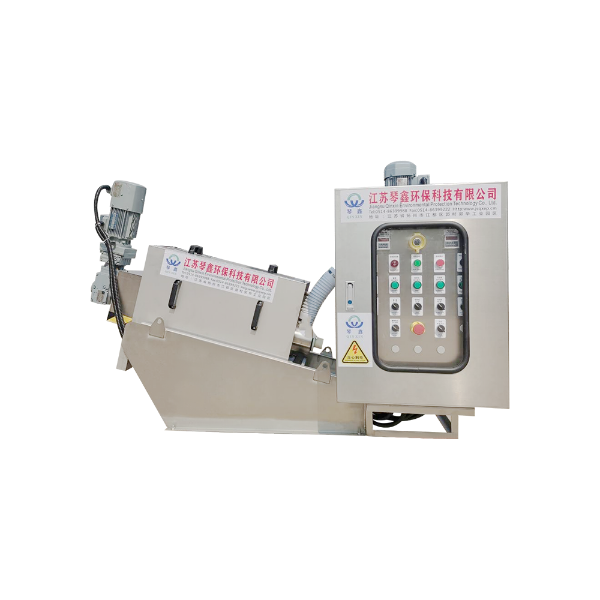
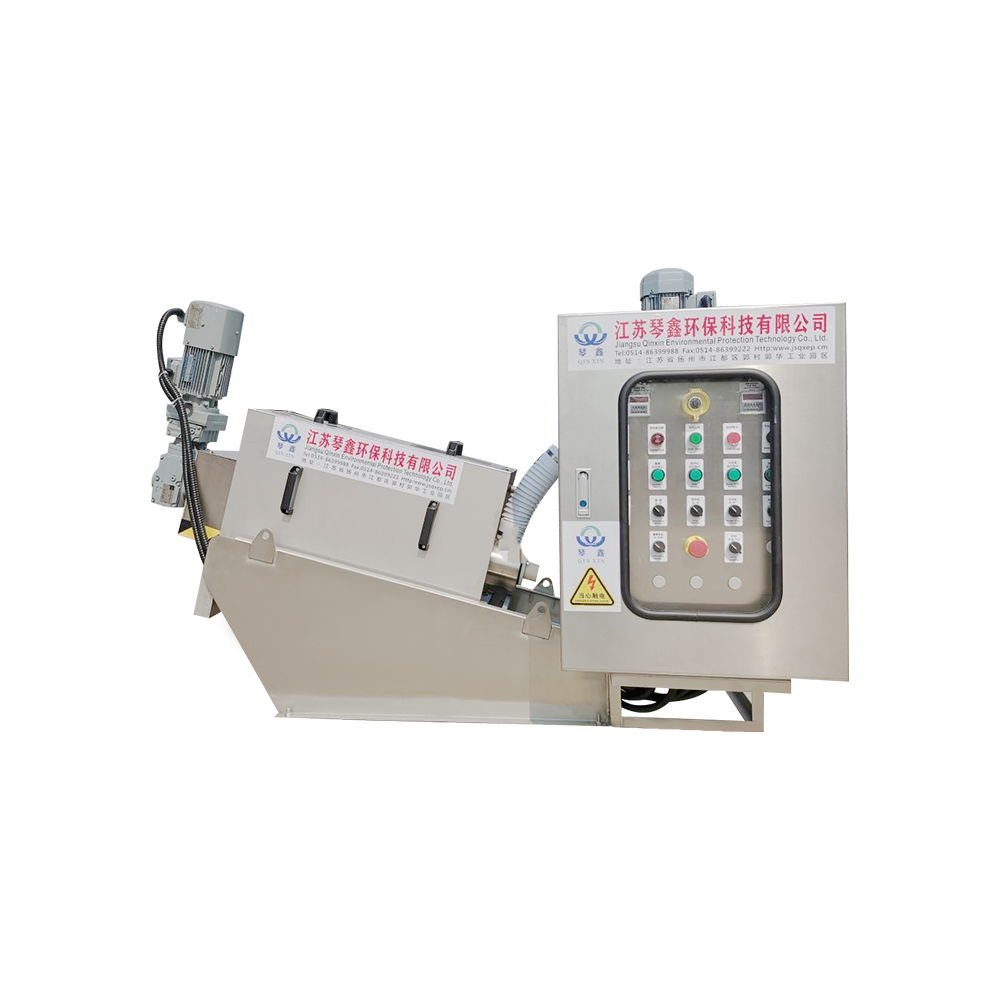
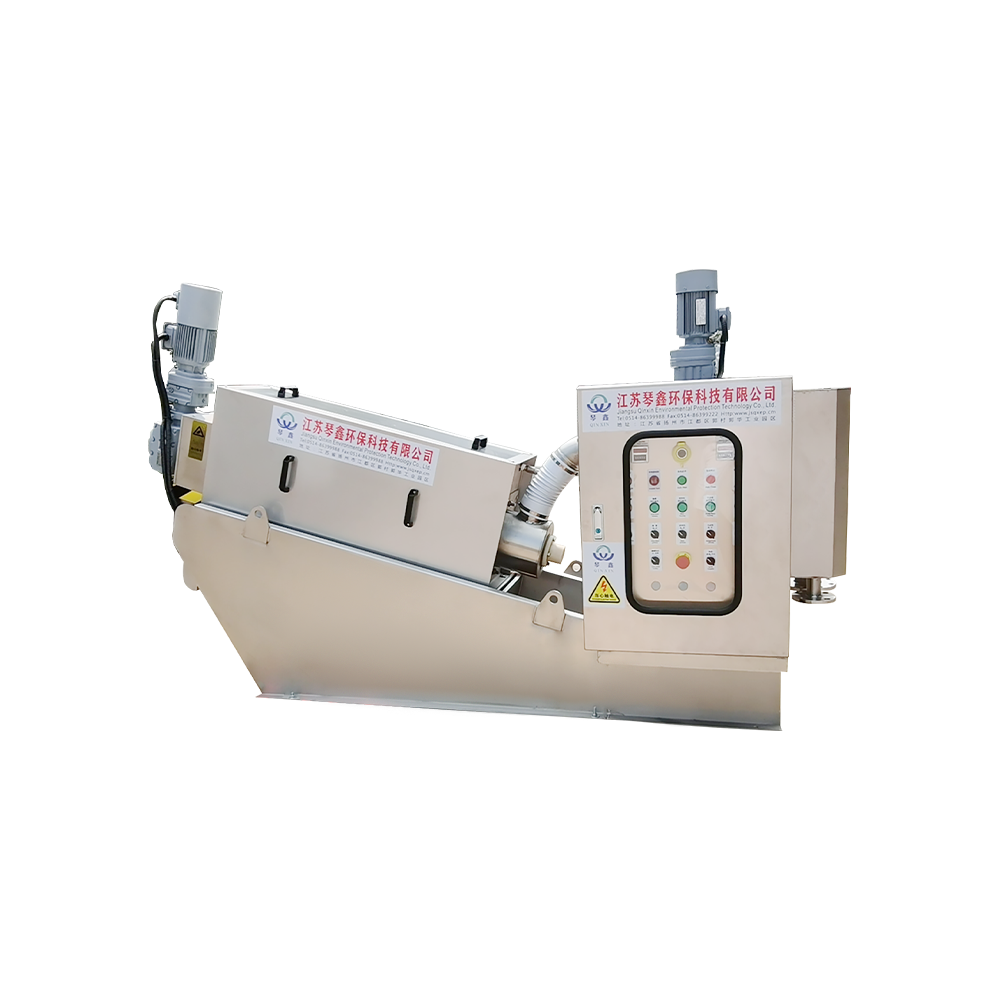
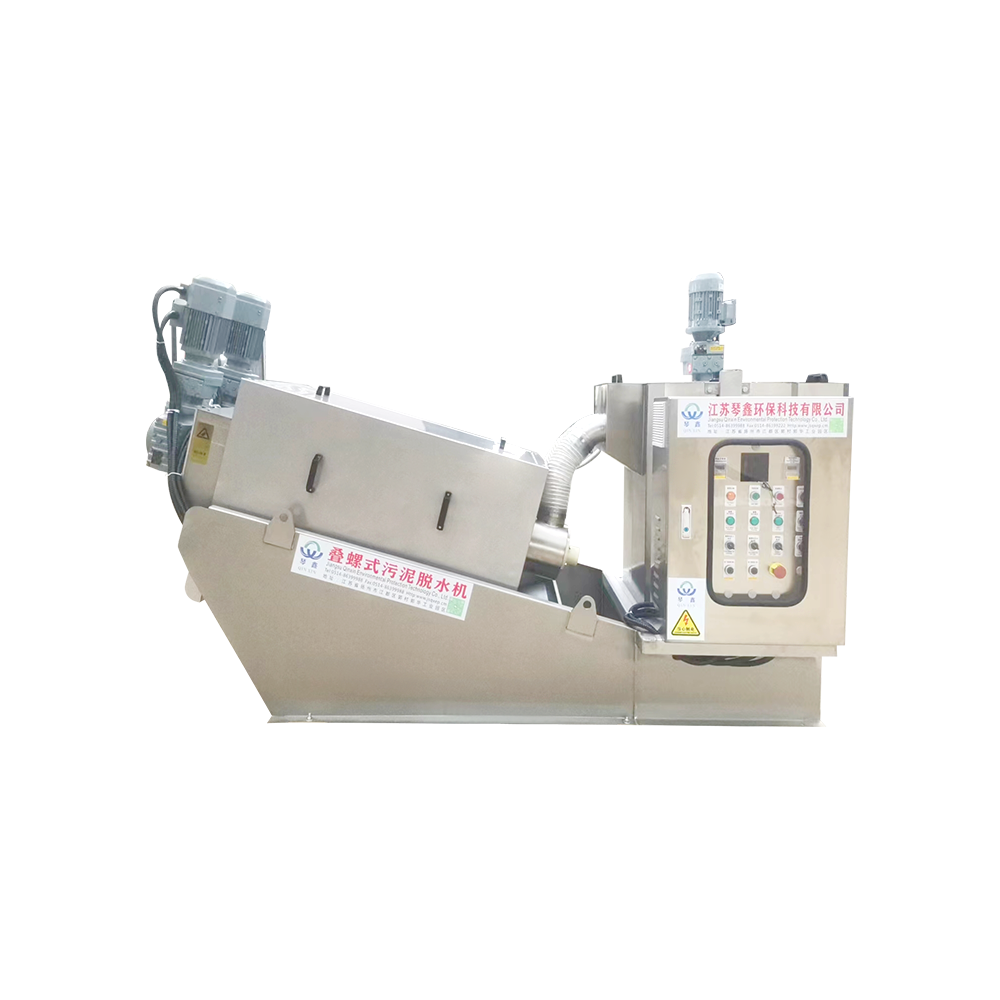
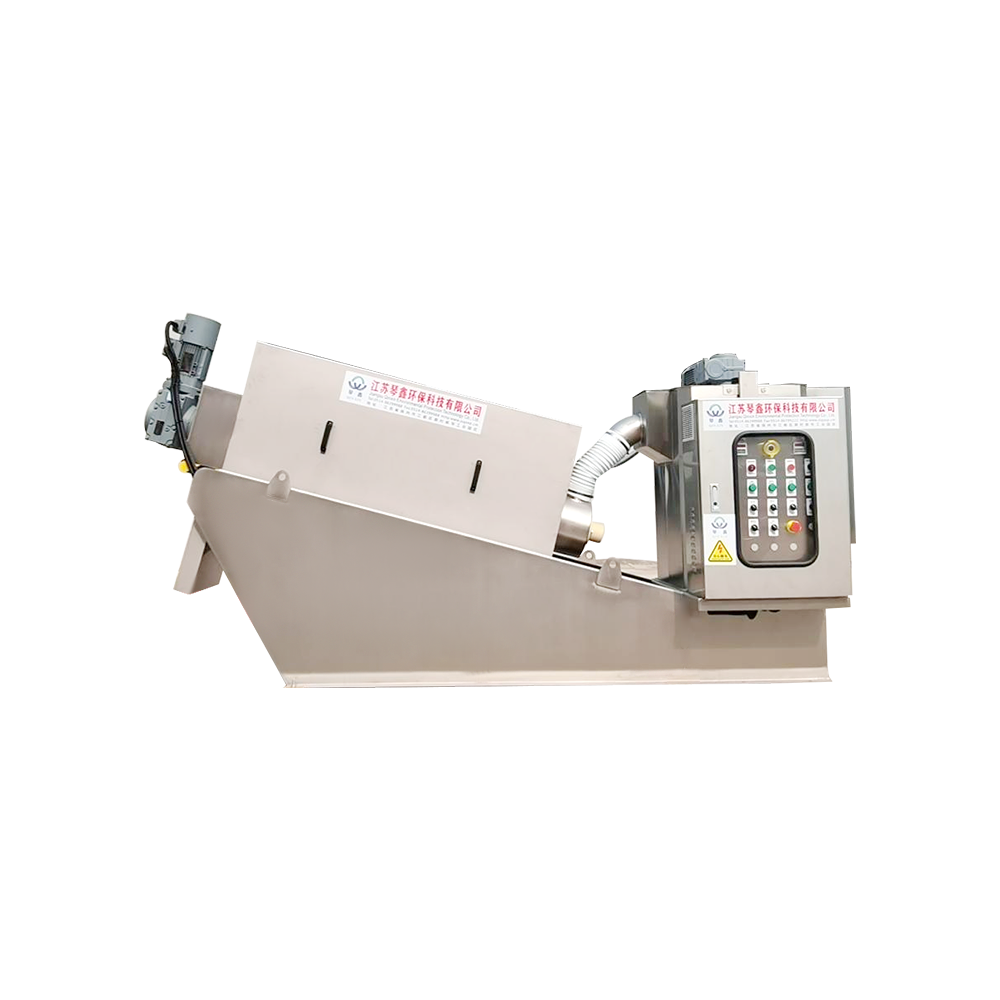
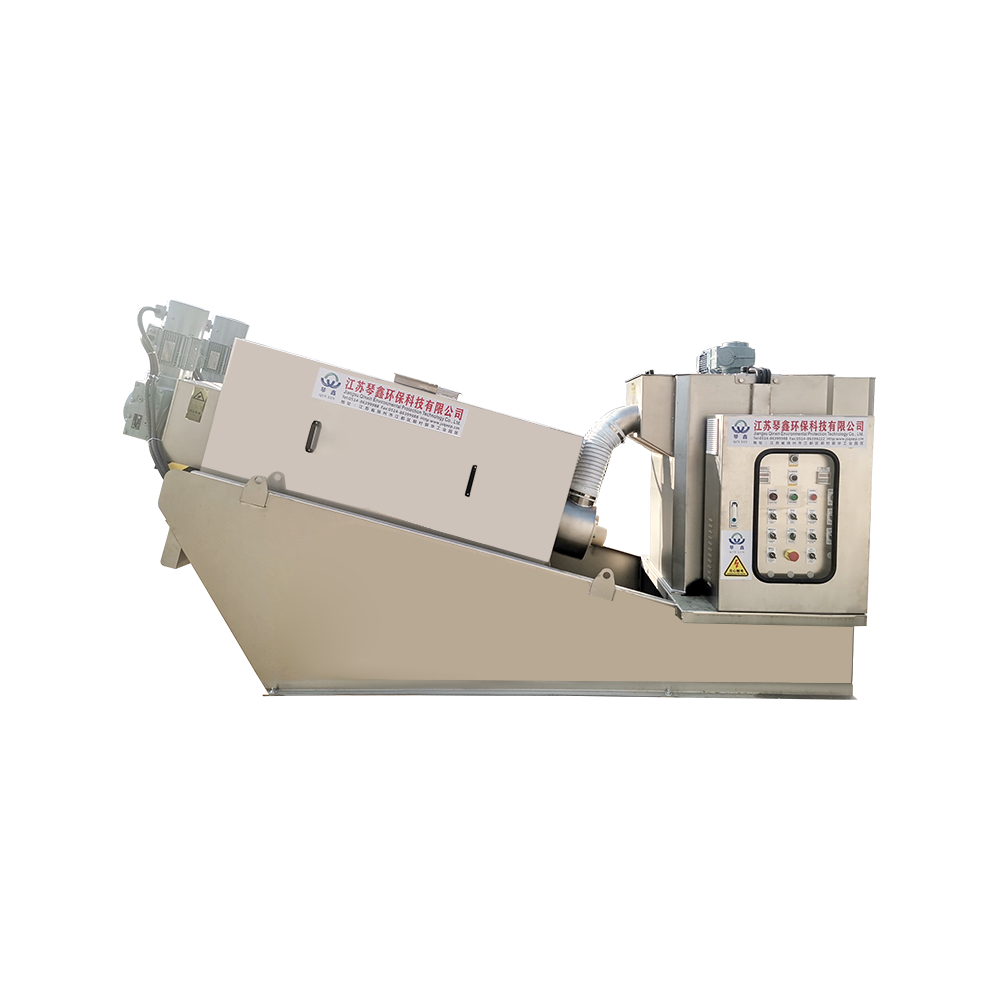
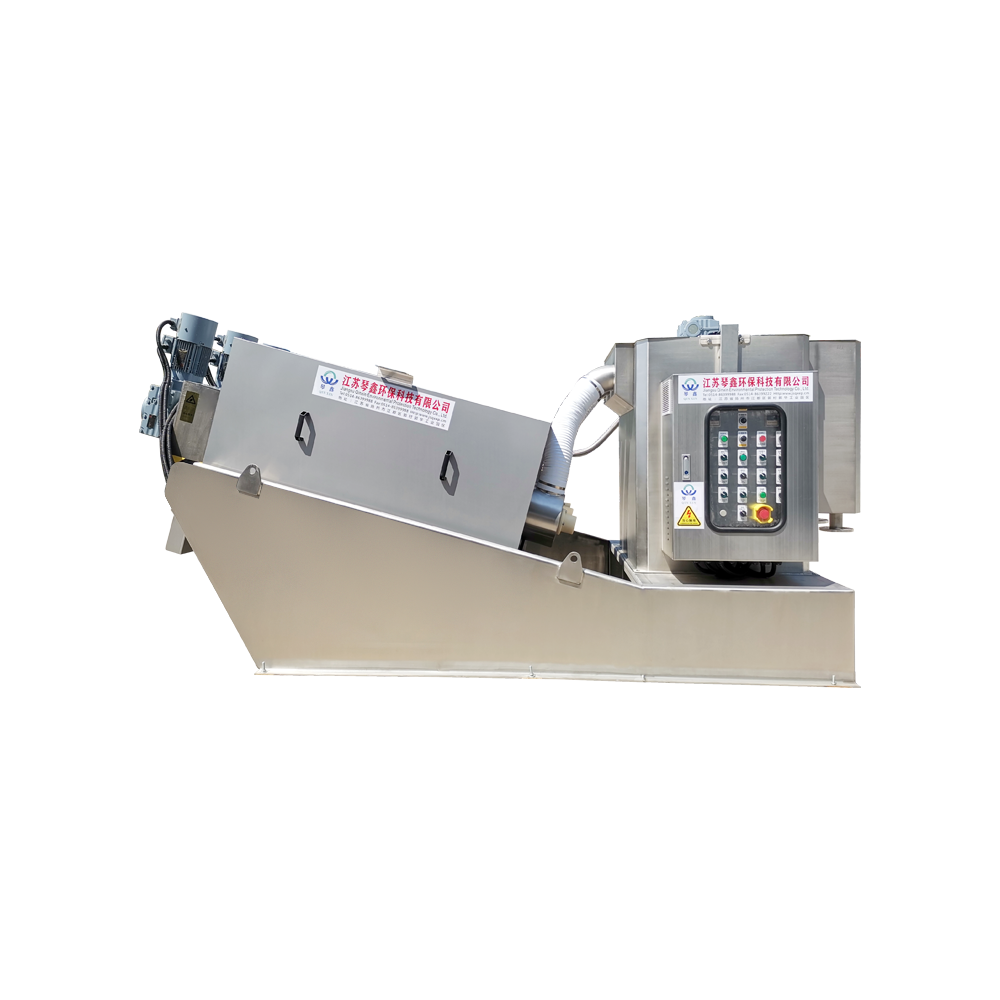
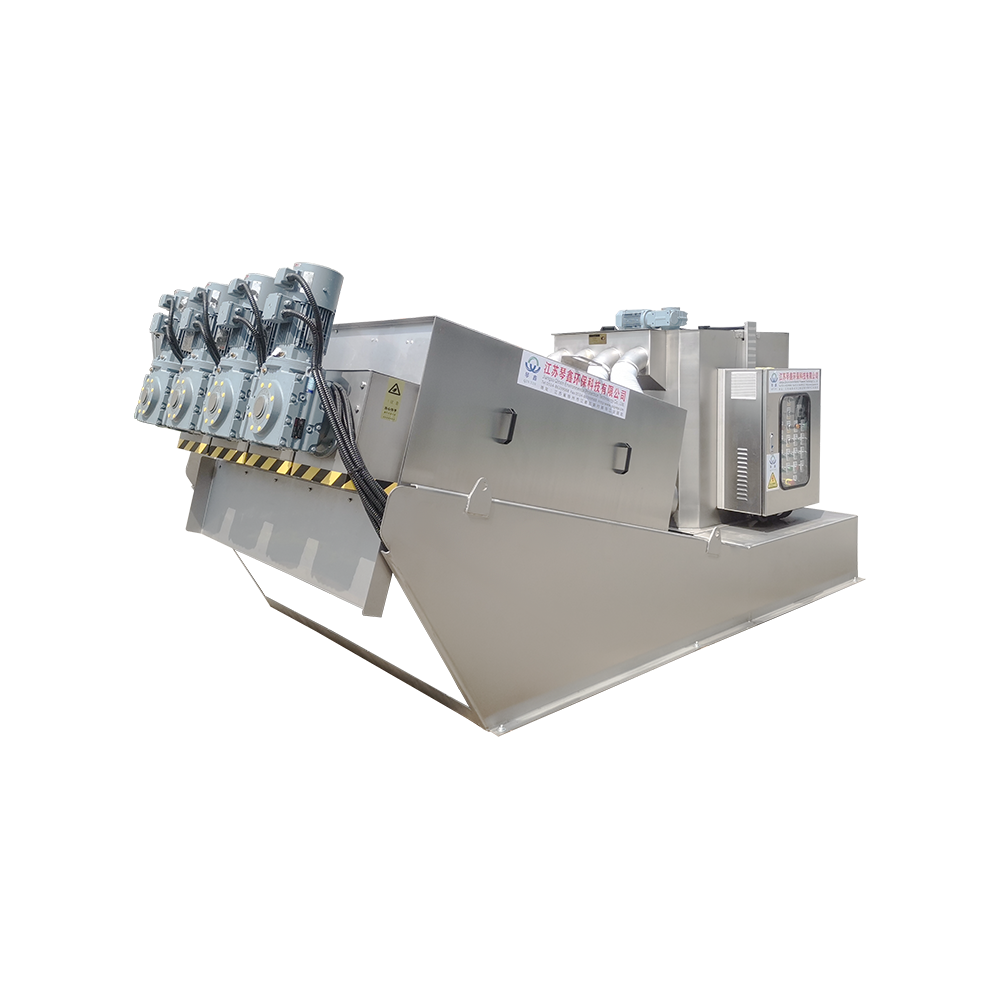
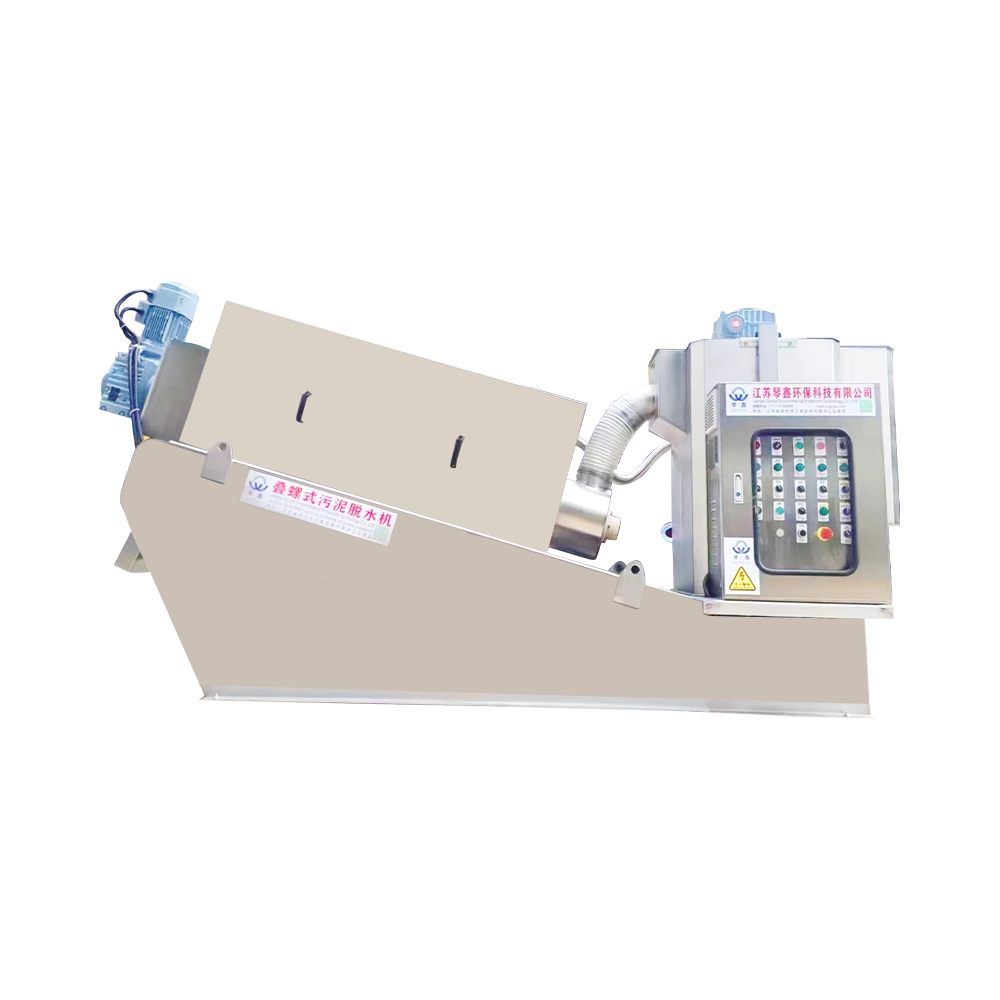
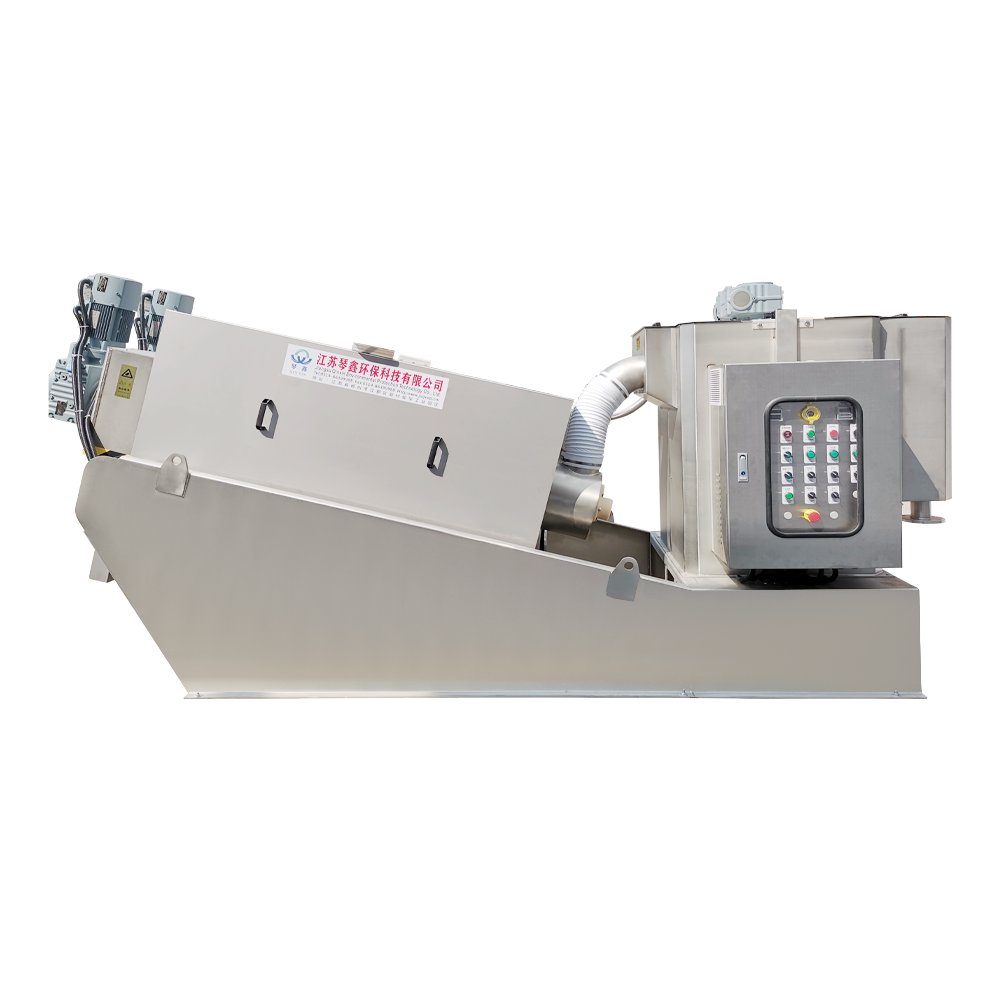
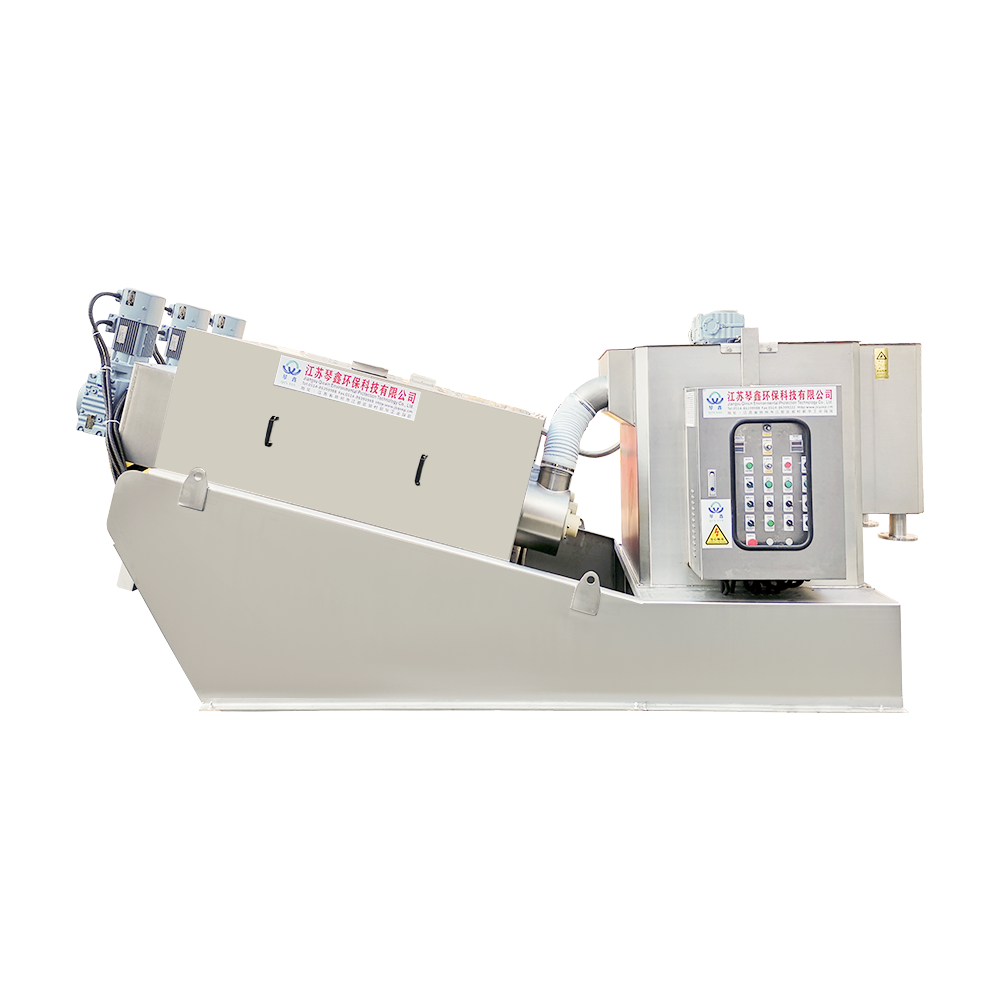
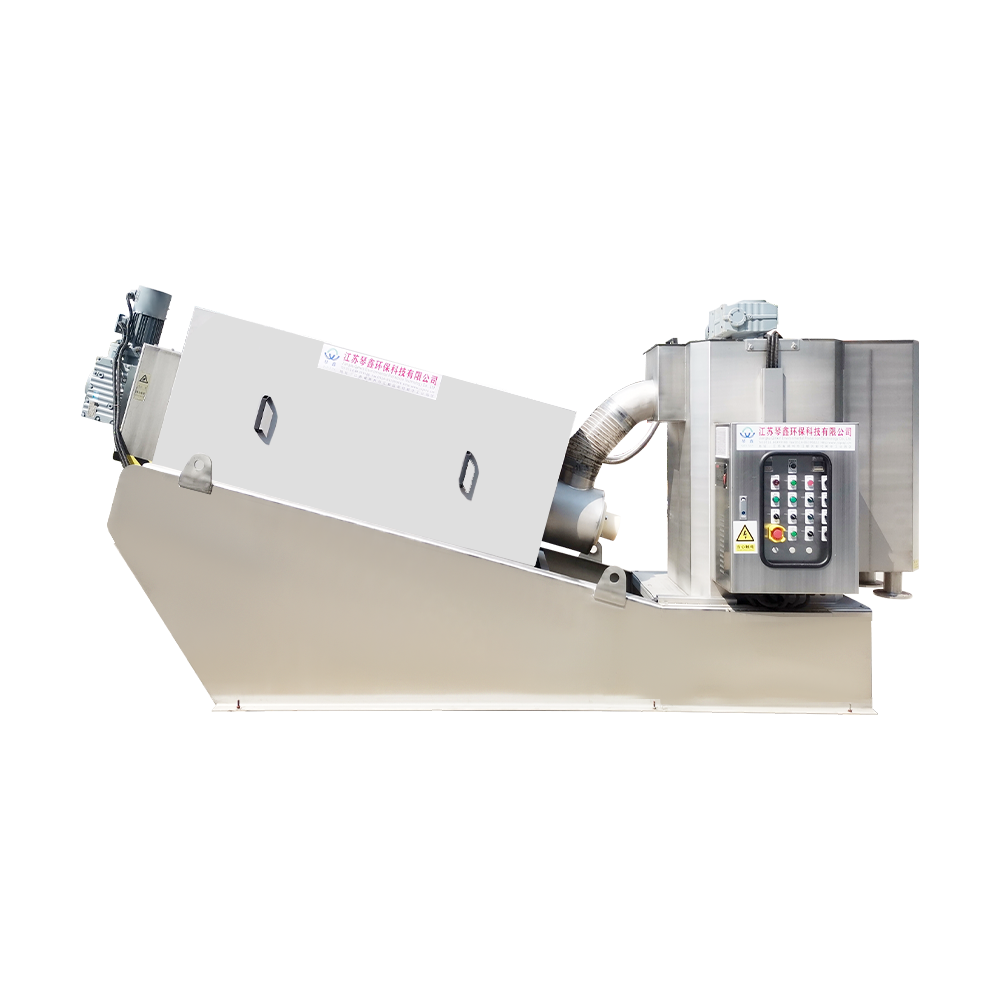
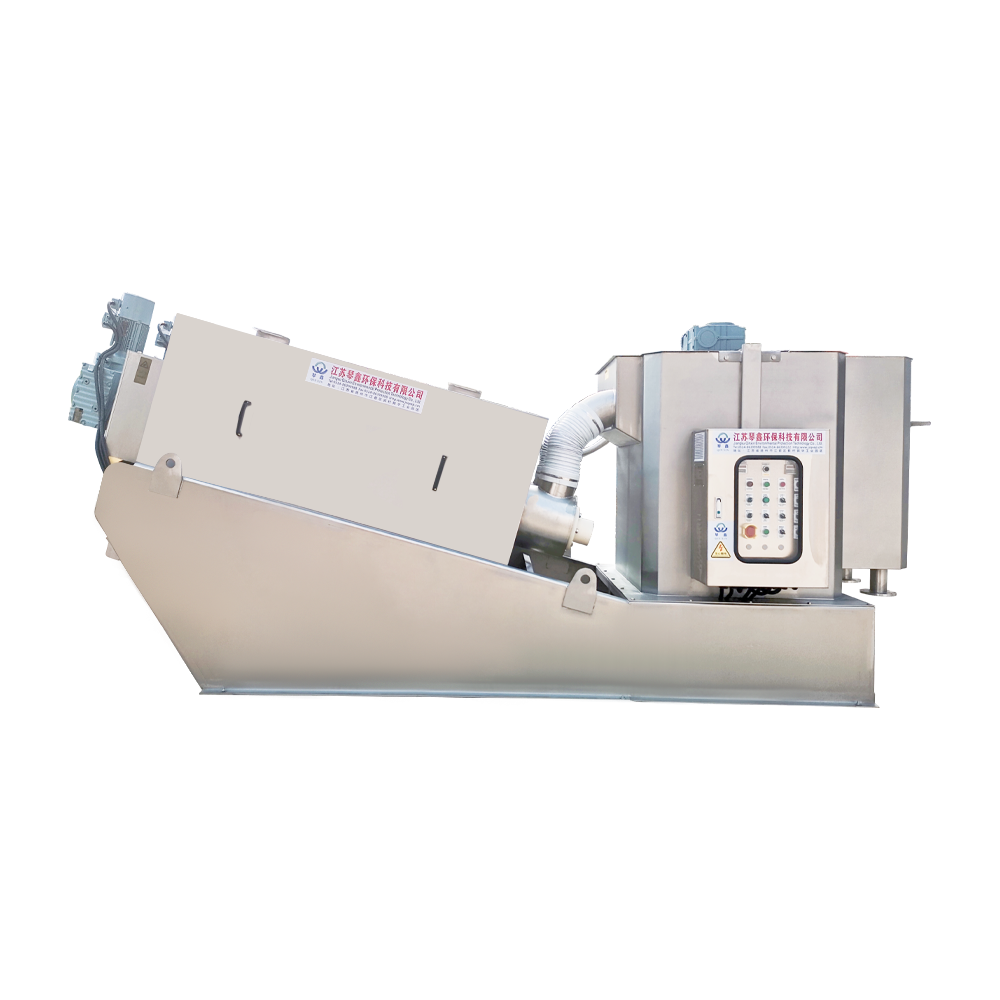
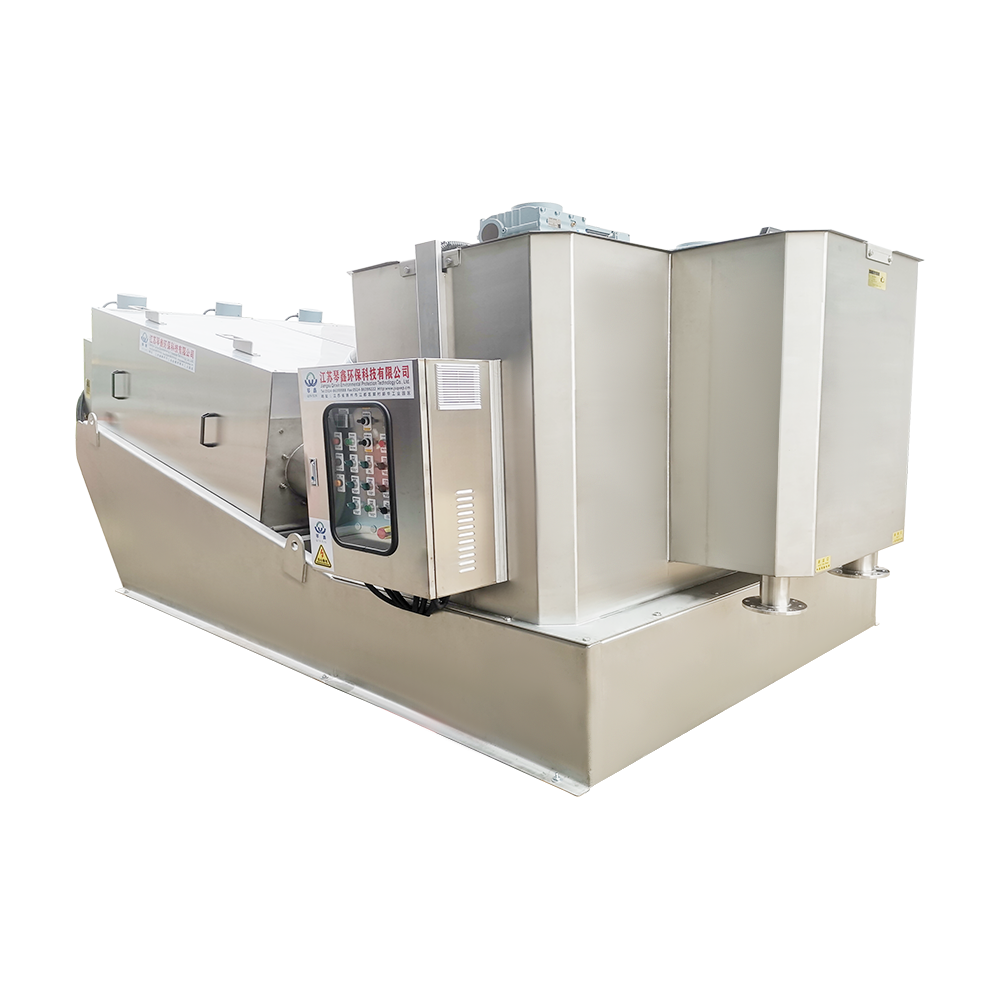
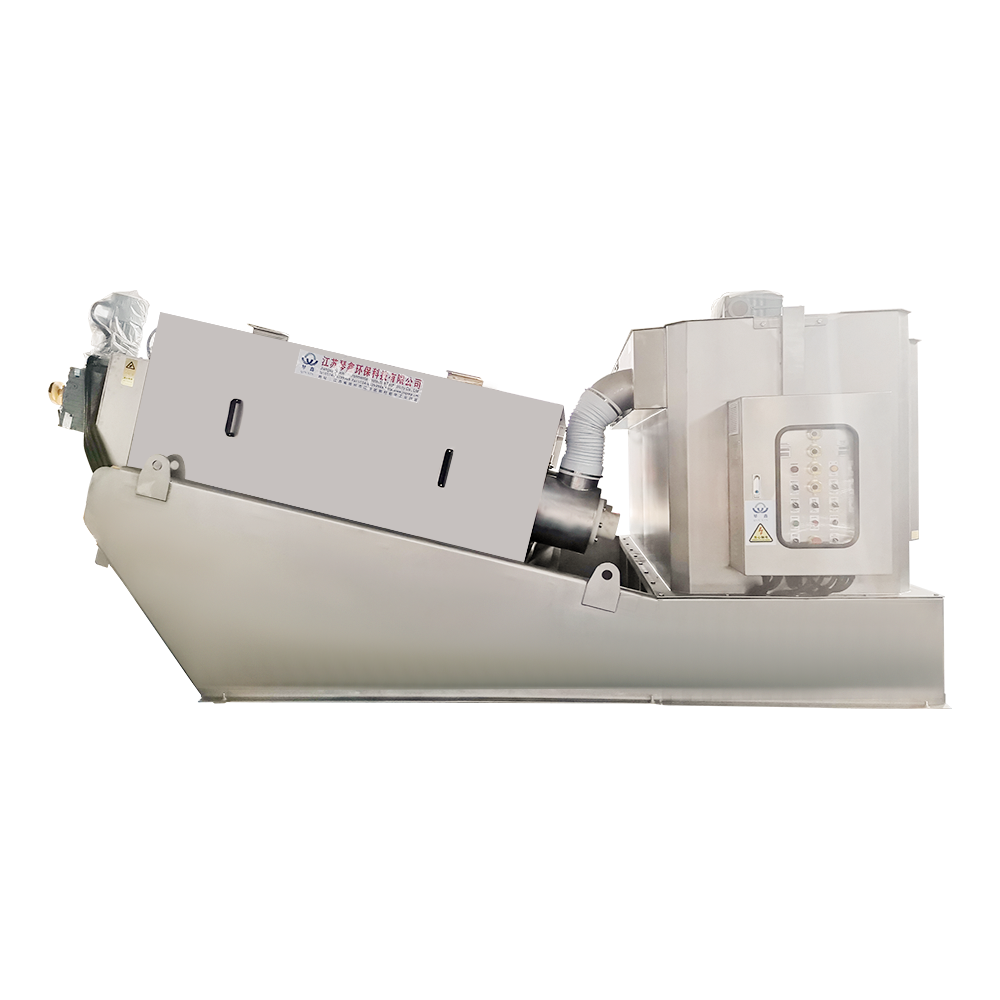
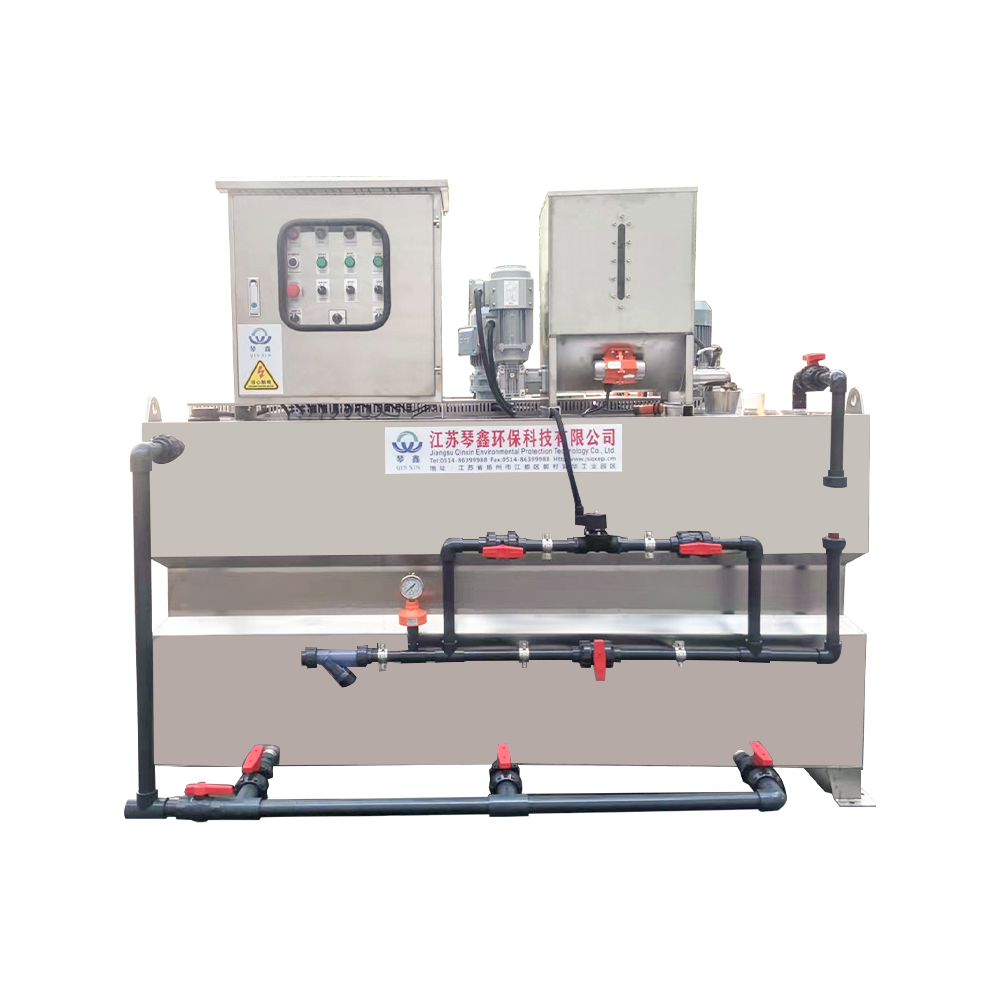

 TOP
TOP